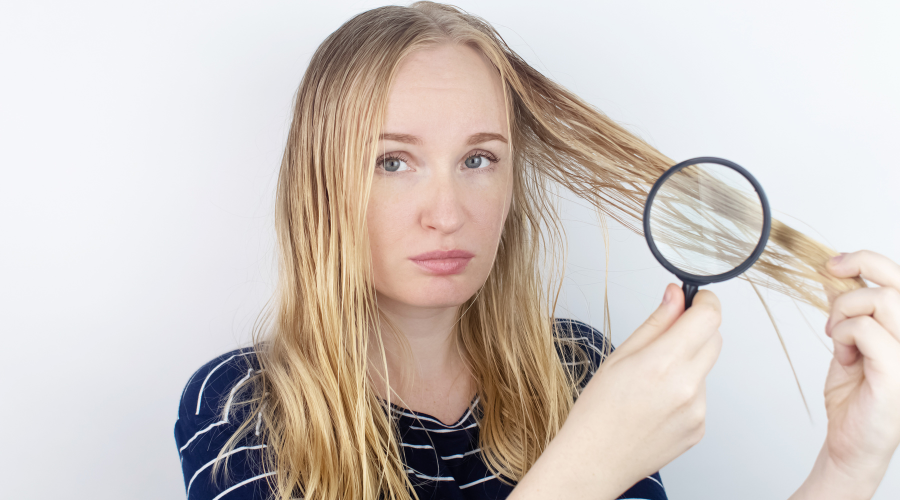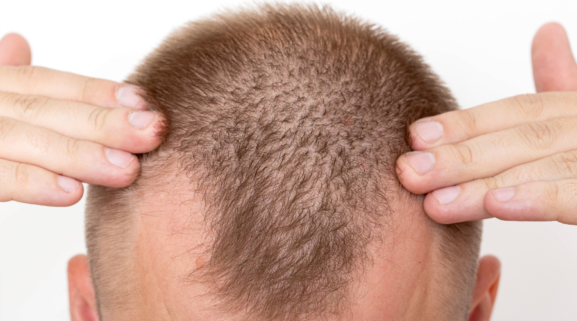HAIR TRANSPLANT IN WOMEN
HAIR TRANSPLANT IN WOMEN
Hair loss has become a problem that affects a large part of society today. Factors such as lifestyle changes, hormonal irregularities and stress are among the main causes of hair loss as well as causing problems in many areas of life. Especially today, in an environment where women and men play an equal role in society and socialize, it is quite clear how much hair determines our image and self-confidence. The more lush, healthy and shiny the hair, which determines our aesthetic perception and is one of the beauty parameters, we feel that we shine from the outside. For this reason, hair loss is a problem and is commonly seen regardless of men or women.
Although hair transplantation has become quite common in men, it is becoming more and more common in women. Baldness in women attracts more attention than in men and directly affects the mood of women. For weak hair strands and light shedding, hair invigorating applications, drug treatments, laser applications, hair mesotherapy are applied in the first place. However, in cases where there is significant and rapid hair loss, hair transplantation is inevitable for women. Hair transplantation is performed not only due to hair loss, but also due to some aesthetic concerns. This is prevented by hair transplantation in women with a large forehead.
WHICH METHODS CAN BE USED? HOW TO CHOOSE?
Different methods are used for hair transplantation in women. Which technique will be used and which technique will be most suitable for the expectation of the patient is determined before the procedure.
In the FUE technique, the hair follicles are collected one by one, usually by scraping the nape area a little. Then, channels are opened to the hair-deficient area and these roots are placed one by one. In the DHI technique, hair follicles are removed at the same time with a special pen and placed in the recipient area at the same time.
Which method will be preferred for hair transplantation depends on the patient’s lack of hair, his expectation from the treatment, whether the roots in the area where the hair follicles will be taken are healthy and dense.
HOW DOES THE TREATMENT PROCESS WORK?
The hair transplant procedure in women works differently than men. In women, not all hair is scraped, only the nape area is shaved and hair follicles are collected. Scraping less areas makes the process a bit more difficult, but does not affect the result.
After listening to the complaints and expectations of the person who comes with the complaint of hair loss, the treatment process, what to pay attention to, and the success rate of the treatment are explained by the specialist who will perform this procedure. The meticulous execution and cooperation of this process significantly affects the success of the treatment. After the decision to have a hair transplant, local anesthesia is applied to ensure that the procedure is painless. With the FUE technique, a small area is scraped in the nape area, hair follicles are collected and transplanted to the bald area one by one. This procedure is completed in a single session and the patient is allowed to return to his normal social life on the same day.
The process of collecting the hair follicles, opening the channels one by one in the balding area and transplanting the hair follicles takes about 8 hours. The materials used in this process, which requires fine motor skills, and the dexterity of the physician are very important, ensuring that the treatment gives a natural and healthy result.
After hair transplantation, there is no negative situation that will affect daily life. 3 days after the procedure, the hair is washed carefully either under the control of the doctor or by the patient, and after 1 week, dressing and the first control are performed. After the procedure, shampoo and lotions recommended by the physician should be used for 2 weeks. Any bandana or hat that will add weight to the head should not be worn. In order to protect from the harmful effects of the sun, sunscreen can be applied under the supervision of a doctor, and you should not go directly to the sun.
After the procedure, it is very normal to see swelling and itching in the area where the hair transplant is performed, and crusting due to the healing of the wound in the area where the hair follicle is taken. These areas should be treated gently and should not be itchy. It is very important in this process to follow the recommendations of the physician and not to interrupt the routine controls.



